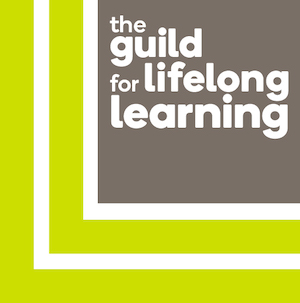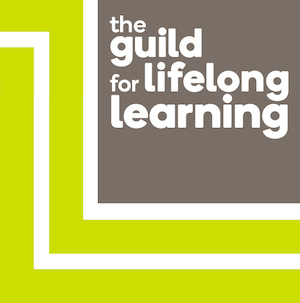All Categories > Archaeology, History & History of Art
Course synopsis
Book your place
| Time/Place | Price | Sessions | Quantity |
|---|---|---|---|
Summer 2025/2026 fridays, 10:00 - 12:00 | £99.60 | 6 |
Note: places on courses and events are only reserved once purchased.
About the teacher
Michael Tunnicliffe
I act as a freelance tutor for a number of providers in the north west.
I teach two courses a week at the Guild on Wednesday and Friday...

